How to choose a fan heater: classification of units + what to look at when buying?
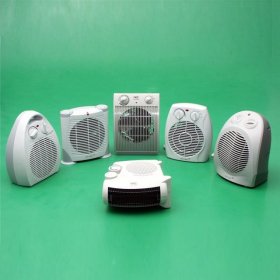
Warmth in the house is the key to coziness, comfort and even a good mood. When it is damp or frosty outside the window, it is impossible to disagree with this truth. In the period of cold weather, we sincerely rejoice in well-functioning central or independent heating and are very upset by malfunctions or accidents in the system. Is it possible to insure against “unpleasant surprises”? At 100%, of course not. But to be safe, buying an additional source of heating in the house is very desirable. The modern market offers a wide range of household heating appliances. One of the most popular are fan heaters: they are lightweight, mobile, have an aesthetically attractive housing and an extremely affordable price. But this does not mean at all that you can grab the first unit you come across from the shelf. After all, money, albeit small, should not be thrown to the wind. Before choosing a fan heater for a house or a summer residence, you should definitely familiarize yourself with the capabilities and functional features of various models.
Features of the device
The fan heater is a compact heater with excellent speed: it starts to heat almost instantly. Absolutely all devices of this type are equipped with a heating element and a fan. Depending on the model, a thermostat, a rotary mechanism, an integrated humidifier, etc. can be added to this “standard set”. The principle of operation of the equipment is extremely simple: the fan “takes” cold air from the room, “passes” it through a red-hot heating element and feeds it back into the room.

Fan heaters are household electric heaters for space heating, characterized by compact size, low weight, affordable price and stylish laconic design
The first thing you should pay attention to when choosing a fan heater is these type of heating element, whether it is spiral or ceramic.
The spiral heating element quickly burns oxygen, and if the device is operated in dusty rooms, it also emits a rather unpleasant odor (it is used less and less now, mainly in the most budget models). Ceramic is highly effective and fireproof, does not impair air performance.
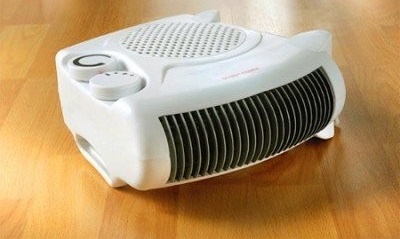
Fan heaters with a ceramic heating element are more efficient and fireproof than spiral ones. They do not dry air and do not produce unpleasant odors.
Worth to know! Fan heaters are equipped with axial or tangential fans. The first are small in size, but noisy; used primarily in portable models. The second ones are quiet, they are characterized by high air consumption and impressive size, therefore they are more common in stationary devices.
Classification of units at the installation site
Depending on the location of the fan heaters are divided into:
- tabletop;
- floor;
- wall mounted;
- ceiling.
Desktop (portable) fan heaters are compact, easy to store, move and use.
Floor fan heaters are usually made in the form of a column. They are more productive than portable, and less noisy. They often boast of an “auto-rotate” feature. In the summer, such units can be used as ordinary fans.
Wall-mounted fan heaters produce a very powerful stream of warm air, make it possible to save space in the room, and it is extremely easy to control them with the help of a remote control. In appearance, the wall-mounted models of fan heaters resemble the indoor unit of a split system (air conditioner).
Ceiling fixtures are a good choice for rooms with high ceilings. They effectively equalize the air temperature throughout the room.
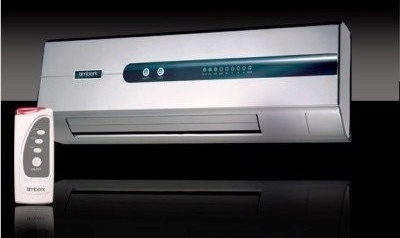
Wall-mounted fan heaters are good not only for heating rooms in the house, but also for creating a thermal curtain in the utility rooms of shops or cafes: they will help to “cut off” cold air, for example, during goods reception
Which fan heater is better in your particular case, you can determine only yourself. If you plan to constantly move the device (to take with you to the country, to warm up the balcony and the loggia, etc.), then it is best, of course, to get a lightweight portable unit.
How to make a competent choice?
When choosing the optimal model in the store, be sure to pay attention to the power of the devices. This indicator is usually limited to 2 kW (there are more powerful ones, but they are already called heat guns). That is, high-quality heating of rooms with an area of more than 15-20 square meters with the help of out of the question. If you purchase the unit for a small room, follow the formula of 100 W / 1 sq.m (but do not forget about the small power reserve).
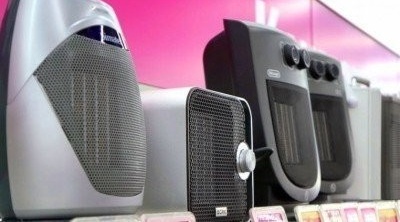
A wide selection of fan heaters in stores will help you easily choose the model that is suitable for all parameters: on the shelves there are devices for every taste and budget
It is very important that you take your device’s security seriously. The quality of the product you like can be judged by the presence of a thermostat, auto shut-off function when capsizing and a sturdy case. Remember, any “base” electric heater is a potential source of fire with all the ensuing consequences.
As for the additional features of fan heaters, the following options may turn out to be very useful in practice:
- thermoregulation (several modes, ideally 3);
- auto rotate;
- splash protection;
- filtration, air humidification.
And finally, do not forget about aesthetics. Fan heaters can be not only a reliable source of heat, but also an interior detail pleasing to the eye. In stores you will find appliances of any colors, sizes and shapes - manufacturers have long moved away from the usual dull designs.
We hope that our simple helpful tips will help you understand market diversity and purchase a reliable, durable appliance that warms you on cold evenings.
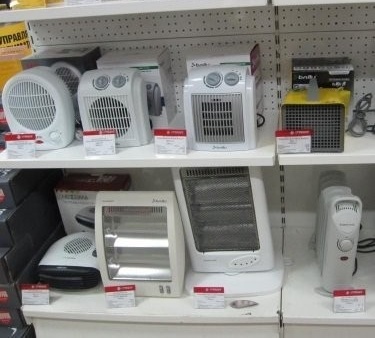
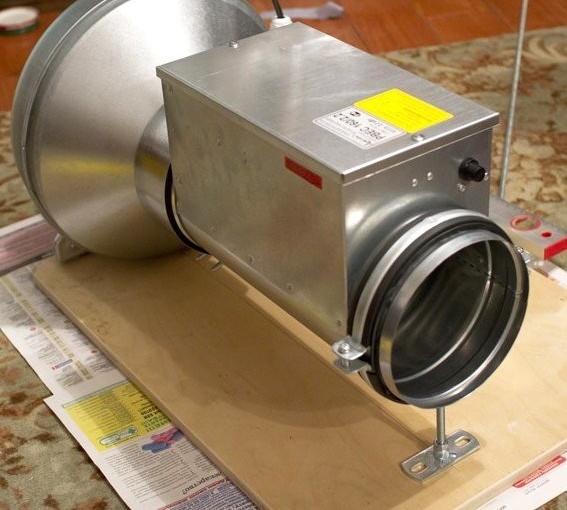
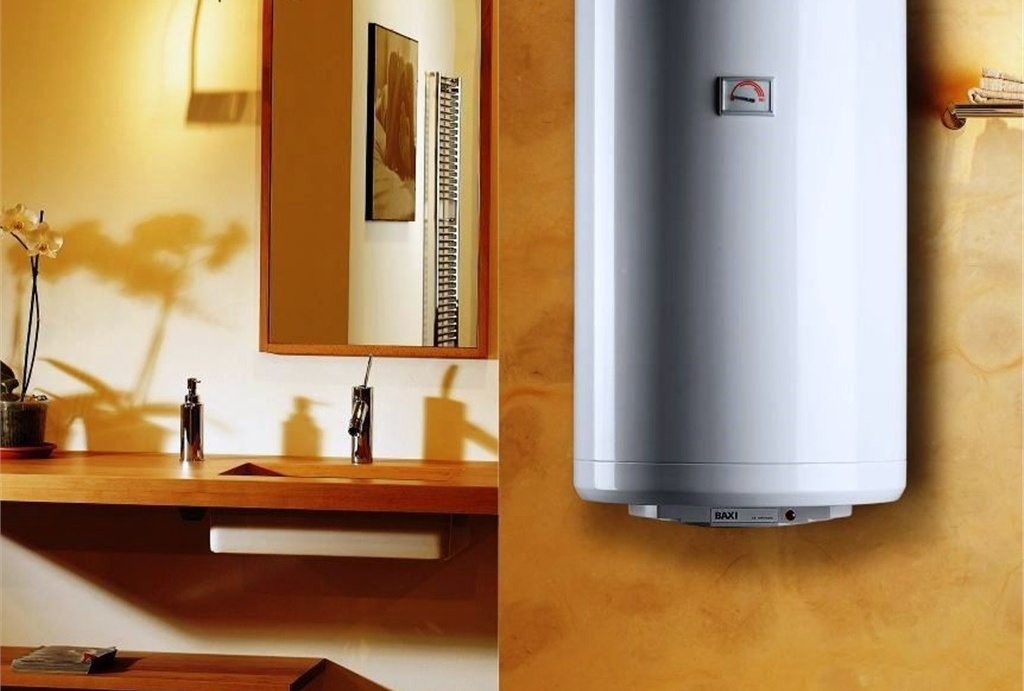
4 comments